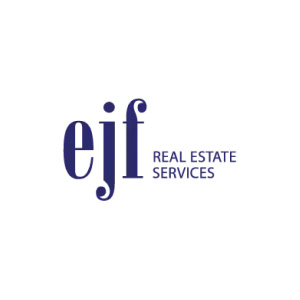Financing capital projects in a community association presents a unique challenge: balancing the need for essential improvements with the financial well-being of homeowners. Ideally, an association will maintain well-funded reserve accounts designed to cover the costs of repairs, replacements, and improvements. Unfortunately, this is not always the case. Boards are often faced with a decision that involves choosing between two primary options: a special assessment or a loan. Both methods have their advantages and disadvantages, and the optimal choice depends on several factors specific to the association and its membership.
Below, we review the pros and cons of each:
Special Assessment
A special assessment is a one-time charge levied on the members within an association. It is essentially a forced contribution used to fund a specific project or address an unforeseen expense that wasn't budgeted for in the association's regular income (typically collected through monthly or annual maintenance fees).
The process involves the community association board proposing the special assessment, and outlining the purpose, cost, and how the funds will be used. Depending on the association's governing documents, a vote by owners might be required for approval. Once approved, the special assessment amount is divided among all unit owners, based on a predetermined method like square footage, ownership percentage, or a combination of both. Owners are then responsible for paying their designated share within a specific timeframe.
Pros:
Faster access to funds: Special assessments can be implemented much quicker than securing a loan. This is especially beneficial for urgent projects that cannot wait for the loan application and approval process, which can take several weeks or even months.
Preserves reserves: The association's reserve fund remains untouched, which is crucial for future unforeseen expenses or emergencies. This ensures the association has a financial safety net for unexpected repairs, maintenance needs, or natural disasters.
Potentially lower overall cost: In some cases, avoiding the interest payments associated with a loan can make a special assessment the more cost-effective option, especially for smaller projects.
Cons:
Financial burden on homeowners: A large, one-time payment can cause significant financial hardship for some residents, especially those on fixed incomes or facing unexpected financial difficulties. This can lead to:
Delinquencies: Struggling homeowners might default on their special assessment payments, creating financial problems for the association.
Resentment and disputes: The financial burden can lead to resentment among owners and create tension within the community, potentially leading to disputes and legal action.
Negative impact on reputation: Special assessments can be unpopular and damage the community association's appeal to potential buyers. This negative perception can make it harder to sell units and attract new residents, impacting the overall value of the community.
Requires community approval: Obtaining approval through a vote can be challenging and time-consuming. The association may need to secure a specific percentage of votes in favor of the assessment, which can be difficult if residents are not convinced of the project's necessity or are struggling financially.
Loan
Similar to how individuals borrow money, a community association loan allows a community association to obtain a lump sum of money from a bank or lending institution to cover the cost of a capital project.
Pros:
Spreads the cost: Payments are spread out over several years, making them more manageable for homeowners. This reduces the immediate financial burden on residents and allows them to budget for the project over time.
Protects individual finances: Loans help prevent financial hardship for residents who might struggle with a large upfront payment. This fosters a sense of fairness and protects individuals from experiencing significant financial strain due to the project.
Maintains positive reputation: Loans help avoid the negative stigma often associated with large special assessments. This can be crucial for maintaining the community's appeal to potential buyers and protecting property values.
Cons:
Higher overall cost: Interest payments add to the total project cost compared to a one-time assessment. Depending on the loan terms and interest rates, the overall cost of financing the project can be significantly higher than a special assessment.
Time commitment: Securing a loan requires more time and effort from the board and management compared to a special assessment. This involves gathering financial documents, preparing loan applications, negotiating with lenders, and complying with loan approval procedures.
Reporting requirements: Loan agreements often come with additional reporting requirements for the community. The association might need to submit regular financial reports to the lender, which can add to the administrative burden.
Qualification requirements: Not all community associations will qualify for loans, especially if they have a history of financial mismanagement or high delinquencies. Lenders may impose strict eligibility criteria, making it challenging for some associations to secure financing.
Ultimately, the decision between a special assessment and a loan requires careful consideration of all the factors mentioned above. It's crucial for the community association board to conduct a thorough financial analysis, understand the needs and concerns of the residents, and weigh the benefits and drawbacks of each option before making a decision.




